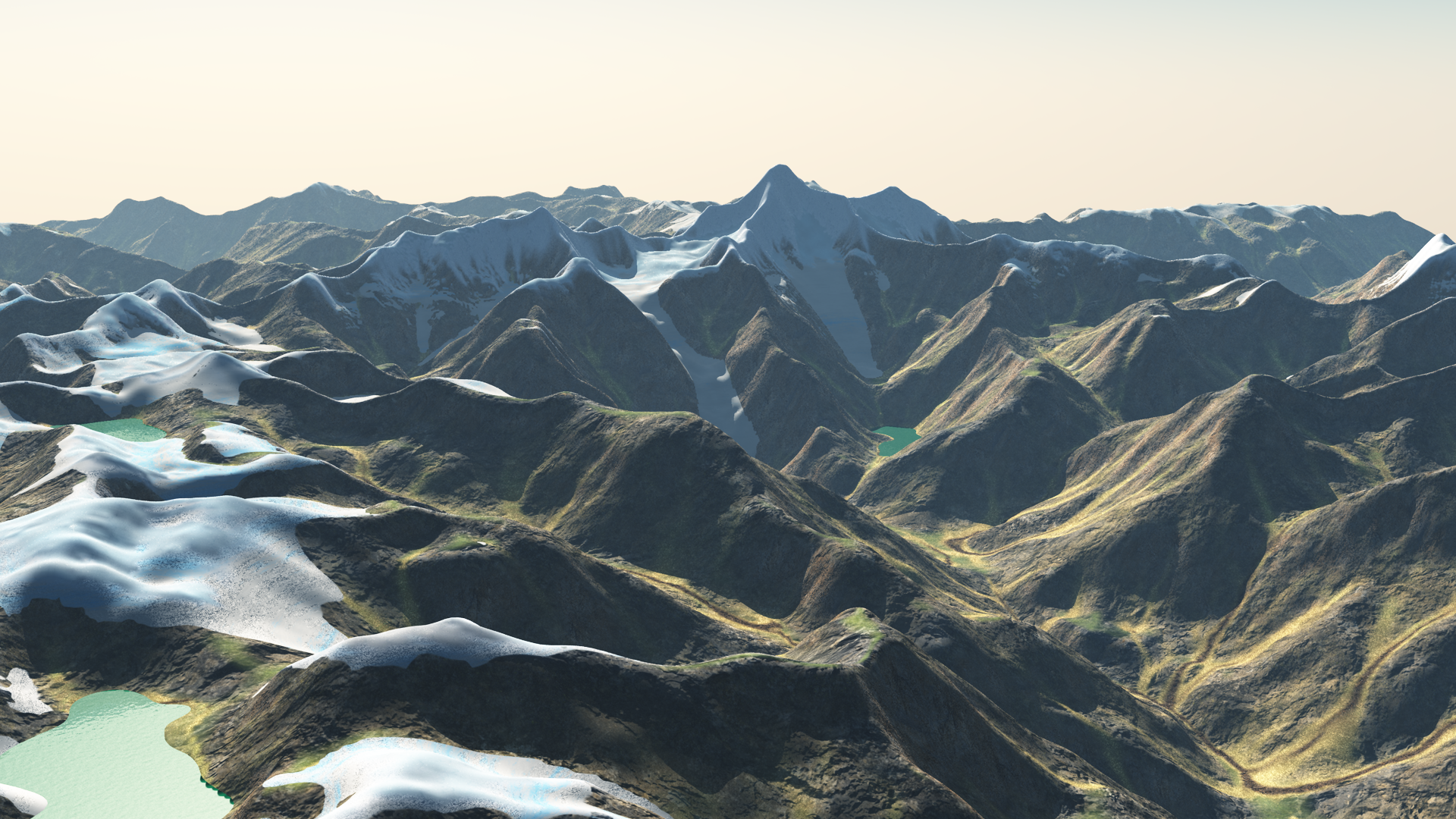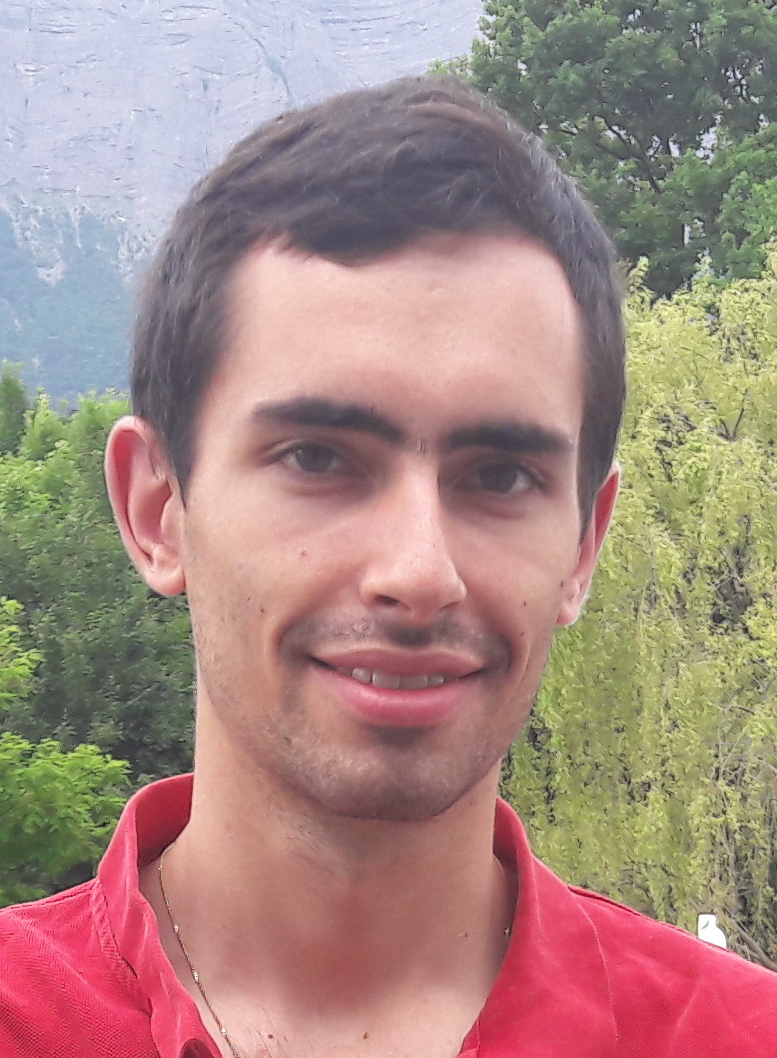Guillaume Cordonnier
Researcher (Chargé de Recherche)
Centre Inria d'Université Côte d'Azur
GraphDeco
Office: Y 002 (Byron) Inria Sophia-Antipolis 2004 route des lucioles, BP 93 FR-06902 Sophia Antipolis, France
Tel: +33 4 92 38 78 40 Mail: guillaume.cordonnier(at)inria.fr

I am a research scientist in the GraphDeco group at Inria. I received my Ph.D. from the Université Grenoble Alpes, supervised by Marie-Paule Cani and Eric Galin, where I worked on large-scale landscape synthesis. Then, I did a postdoc at ETH Zurich with Markus Gross and Barbara Solenthaler, where I worked on machine learning-based control of fluid simulations.
My research interests include simulation and modeling of natural phenomena, and especially how to leverage physically-based algorithms from Earth and environemental sciences with intuitive user control.
Hiring!
I am looking for a postdoc on inverse terrain modeling on my ANR project Invterra. The topic (here) is flexible and can involve machine learning, optimization, or some notions of physics.
Students
I supervise the Ph.D. thesis of Aryamaan Jain and co-supervise the Ph.D. of Nicolas Rosset and Petros Tzathas.
